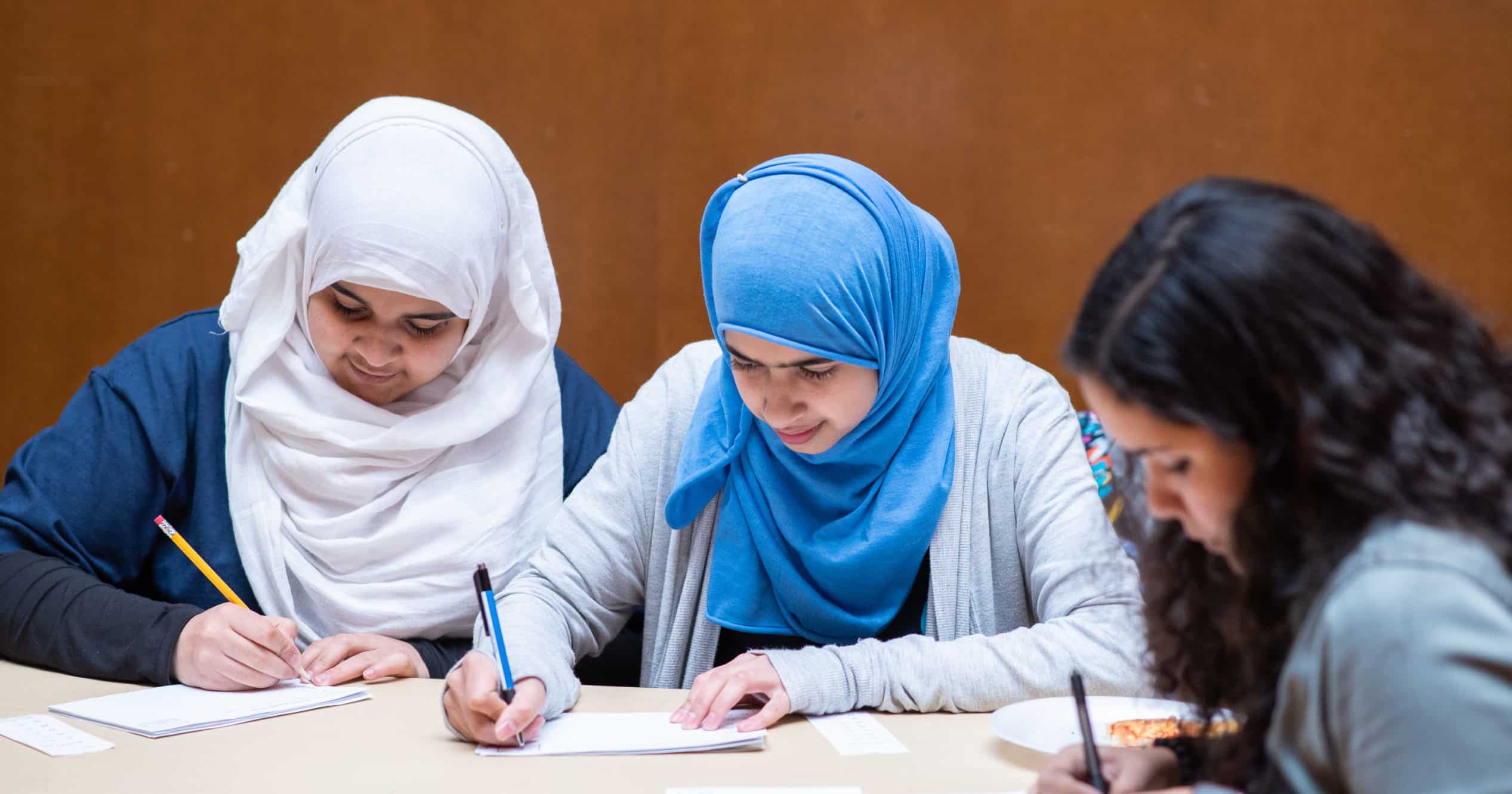Written By: Felecia Chatman, Senior International Education Manager
The sudden shift from in-person to online learning hasn’t been easy for all kids and adults, as news broadcasting and schools across the country announce closures for the academic year. Many students and parents are looking for resources to stay engaged and continue learning through this time. Below, you’ll find how parents and students can engage in at-home learning
1. Face to face interactions are key.
It’s important for all students, no matter their ability level, to have virtual face-to-face interactions with their teachers. Using video will allow teachers to pick up verbal and physical cues and gauge the child’s understanding during online instruction. Face-to-face interactions keep your child focused on the subject matter and create normalcy in their routines. It’s important to remind students that just because they’re at home, that doesn’t mean that school is out. They’re still required to attend classes and finish their assignments.
Using video will allow to pick up verbal and physical cues and gauge a student’s understanding.
2. Students need multiple ways to engage with curricula.
Online information needs to be represented in different formats to allow students to engage with and demonstrate their understanding of the curriculum. There are numerous free online resources to teach you how to use what’s in your own house or neighborhood to help with learning a specific subject.
3. Your child(ren) may need help with organizing time.
Online learning provides less external structure than your child’s school. Many children, especially those who have a challenge of staying on task, will need assistance in creating a routine and staying organized while at home. Consider setting up a specific space in your home where your child(ren) will complete their schoolwork. Set up a calendar with specific times for your child and yourself, if you’re working remotely. It’s important to have both your calendar and your child’s calendar where everyone can see what each person in the family is doing and set expectations around what is required during those moments. Don’t forget to schedule in something fun to do with other family members––that could be a game, taking a walk (while respecting social distancing), or just having a conversation about each other’s day.
4. Be flexible with yourself and your child(ren).
It’s so important to be flexible and compassionate with yourself. No one expects you to teach the subject like your child’s teacher or remember every formula to your child’s science quiz. Everyone is learning something new. What might work one day or week might not work the next, so allow yourself to create a routine and schedule but allow for there to be flexibility for times when nothing seems to be quite working (that’s the same thing that teachers experience on a daily or weekly basis during the regular school year).
Be flexible and compassionate with yourself.
Everyone is learning something new.
5. Stay connected with your child(ren)’s teachers.
It’s so important to make sure to follow up with your student and their teacher to make sure that they’re staying on track with all their assignments. Also, the teachers are the best resource for assisting you with teaching or using supplemental instruction during at-home learning.

